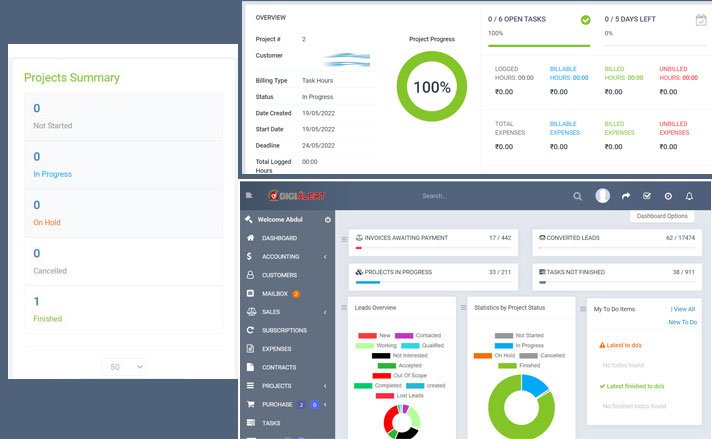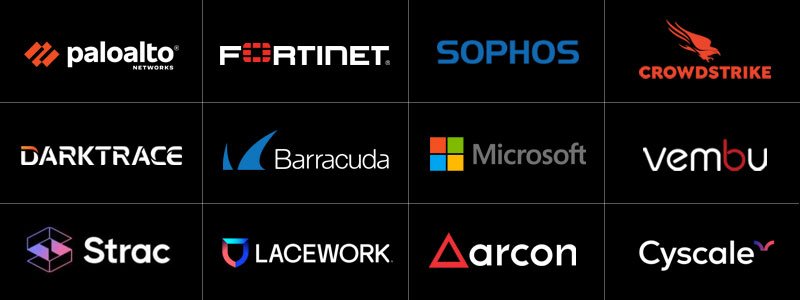Cloud Cost Optimization
"Why do they call it a 'penetration test'? Because we're just trying to get in there, no strings attached."
"Why do they call it a 'penetration test'? Because we're just trying to get in there, no strings attached."
Cloud Cost Optimization
Cloud Cost Optimization is the strategic practice of reducing unnecessary cloud spending while maximizing business value. With growing cloud adoption, organizations often encounter hidden costs, underutilized resources, and billing complexity. Cloud Cost Optimization offers visibility, control, and actionable insights into cloud usage across services and providers. At digiALERT, we help organizations gain cost efficiency without compromising on performance, availability, or scalability.
WHAT IS
Cloud Cost Optimization
Cloud Cost Optimization involves identifying mismanaged resources, eliminating waste, and right-sizing computing services to align with actual business needs. It includes analyzing usage patterns, adopting pricing models like reserved instances or spot pricing, and automating scale-down strategies during non-peak hours. By integrating FinOps principles, businesses can align finance, IT, and operations to make data-driven decisions. Ultimately, cloud cost optimization ensures that every dollar spent contributes directly to business outcomes, especially in multi-cloud and hybrid cloud environments.
Speak to an expert
key features
Cloud Cost Optimization
Real-Time Cost Monitoring: Track usage and spend in real time across cloud services (AWS, Azure, GCP).
Automated Resource Rightsizing: Detect and resize over-provisioned instances, databases, and storage.
Idle Resource Elimination: Identify unused or zombie assets such as unattached volumes, unused IPs, or idle compute.
Custom Budgeting and Alerts: Set budgets and receive alerts to avoid unplanned expenses.
Cost Anomaly Detection: Use AI/ML to detect abnormal spend trends and flag issues.
Multi-Cloud Visibility: Single dashboard for cost tracking across all cloud platforms.
Policy-Driven Automation: Automate shutdown, scaling, and optimization policies.
Discount & Reserved Instance Management: Optimize usage of RI, spot instances, and savings plans.
Detailed Cost Allocation: Tagging and chargebacks by department, project, or team.
Integration with FinOps: Enable cross-functional collaboration to drive financial accountability in cloud spend.
Types of
Cloud Cost Optimization
- Manual Cost Optimization: Performed through manual audits and usage reviews.
- Automated Optimization: Utilizes tools and scripts to automatically identify and remediate inefficiencies.
- Application-Aware Optimization: Considers application performance needs and adjusts resources accordingly.
- DevOps-Centric Optimization: Integrates with CI/CD pipelines for cost-aware deployment practices.
- Real-Time Optimization: Instant recommendations and actions during workload execution.
- Multi-Cloud Optimization: Addresses inefficiencies across different providers under one cost control strategy.
Statistics on
Cloud Cost Optimization
32% of Cloud Spend is Wasted – According to Flexera’s 2024 State of the Cloud Report.
60% of Companies Lack Cost Visibility – Gartner reports poor cost transparency in hybrid environments.
80% Improved ROI – Businesses implementing structured cost optimization report up to 80% better cloud ROI.
45% Use Automated Cost Tools – Almost half of organizations are moving towards automation for cost control.
25% Savings Potential – On average, organizations can save 20-30% with regular cost optimization practices.
$8.9 Billion Forecasted Market – The cloud cost management and optimization market is expected to grow rapidly by 2026.
Speak to an expert
How do we do
Cloud Cost Optimization
- Assessment: Analyze historical cloud usage and billing data to identify patterns and anomalies.
- Visibility Setup: Deploy dashboards and tagging policies to gain cost attribution and transparency.
- Optimization Roadmap: Create a roadmap with quick wins (e.g., turning off idle resources) and long-term strategies (e.g., architecture changes).
- Automation & Tools: Implement automation for resource scheduling, rightsizing, and instance management.
- Policy Implementation: Define governance frameworks to enforce cost control policies organization-wide.
- Review & Reporting: Provide weekly/monthly reports with cost trends, savings realized, and next recommendations.
Why It Matters & Who Needs It
Why Cloud Cost Optimization?
- Avoid cloud bill shock with proactive monitoring.
- Improve return on investment from cloud initiatives.
- Ensure accountability through cost attribution.
- Enable budgeting, forecasting, and resource planning.
- Drive sustainable cloud adoption through efficiency.
Who Needs This Service?
- Enterprises & Startups using cloud platforms at scale.
- CIOs/CFOs aiming to align IT costs with business value.
- DevOps & Cloud Engineers deploying scalable workloads.
- Finance Teams seeking cloud financial accountability.
- Managed Service Providers (MSPs) managing cloud for clients.
- Organizations in Digital Transformation needing scalable yet cost-efficient infrastructure.
How often is Cloud cost optimization
When it would be performed
Cloud cost optimization should be a continuous practice. At digiALERT, we recommend:
- Daily Monitoring – To catch sudden spikes or anomalies.
- Weekly Usage Analysis – For fine-tuning consumption.
- Monthly Review Meetings – To align spend with business goals.
- Quarterly Optimization Audits – For in-depth architectural and financial reviews.
Speak to an expert
How are we
unique
- Cloud Spend Assessment
- Cost Visualization Dashboards
- Idle Resource Identification & Cleanup
- Rightsizing & Instance Optimization
- Discount Plan Management (RIs & Spot Instances)
- FinOps Implementation Support
- Tagging Strategy & Cost Allocation
- Custom Alerts & Budget Control
- Multi-Cloud Cost Management Integration
- Cloud Billing Reports & Executive Summaries
Meet Our Partners
Digialert proudly collaborates with high-level partners to deliver top-tier solutions.
Our Clients
We Are Trusted Worldwide Peoples
We offer a range of cyber security services, including consulting, training, deployment, implementation, and monitoring. Our services are designed to help organizations secure their networks and systems, and build a strong security culture. We have expertise in a variety of industries, including Banking-Finance-Insurance, IT and Consulting, Telecommunications, Research & Development and Government.













